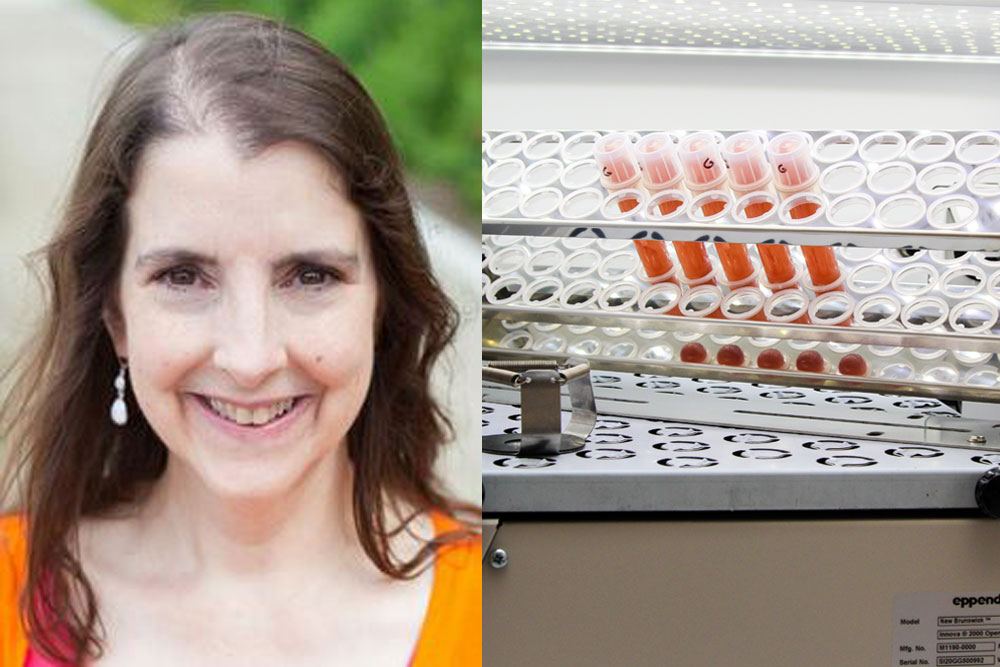Calendar Icon
Aug 30, 2019
Person Bust Icon
By Karl Vogel
![]() RSS
Submit a Story
RSS
Submit a Story

By adding a few bumps to the process of growing cereal crops like corn, wheat and rice, Cheryl Immethun is hoping to find a way to make the world’s population less hungry and the earth healthier.
Immethun, a postdoctoral researcher in Rajib Saha’s Systems and Synthetic Biology Lab in the department of chemical and biomolecular engineering, received a USDA NIFA Postdoctoral Fellowship and a two-year $164,952 grant.
The award will further research to create in these grains a similar symbiotic relationship between bacteria and plants that exists with many legumes, such as soybeans. This USDA fellowship is one of four received by University of Nebraska-Lincoln researchers in 2019 and the only one awarded to the College of Engineering.
With the global demand for food production expected to almost double by 2050, Immethun said, the use of synthetic fertilizers could also increase proportionally along with greater ecological problems for the earth.
“Unraveling the mechanisms of how this symbiotic relationship takes place could lead to their transfer to cereal crops and decrease our reliance on synthetic fertilizers. Then, you don’t have the problems of the costs of fertilizer or of having it run off and pollute your waterways, which is a big issue in agricultural states, like Nebraska,” Immethun said.
Immethun is working to mimic the symbiotic relationship through bumps – nodules that form most often on the roots – that give the plant and the bacteria nourishment to survive. The bacteria take nitrogen from the air and give it to the plant. The plant, in turn, takes carbon dioxide and turns it into sugars that feed the bacteria.
In most legumes, the bacteria enter the plant through cracks in the roots that branch off from the stem.
Immethun is taking a different approach than has been employed in similar research. Instead of eliminating elements in the bacteria that are natural symbionts, she is adding traits to Rhodopseudomonas palustris (R. palustris) in hopes of discovering a version that will create nodules in a variety of vetch, which is often used as a cover crop in the United States.
“Once bacteria enter, the plant will either accept the bacteria or recognize it as a foe and try to kill it,” Immethun said. “I am helping my bacteria to be accepted as a friend and to stimulate a central program, like turning on a switch inside the plant, that will allow the formation of nodules and, thus, nitrogen fixation.”
Finding what turns on that “switch” requires applying some engineering methods but also following the rules of nature.
“I spent time in industry before getting my Ph.D., and I learned that, instead of creating things from ground-zero, if we use what’s existing it will be more robust, and it’s going to have to be robust because Mother Nature demands it,” she said.
Submit a Story